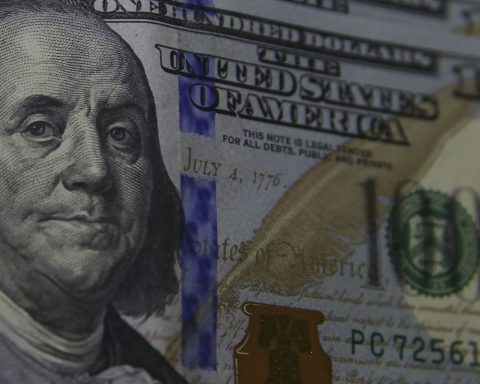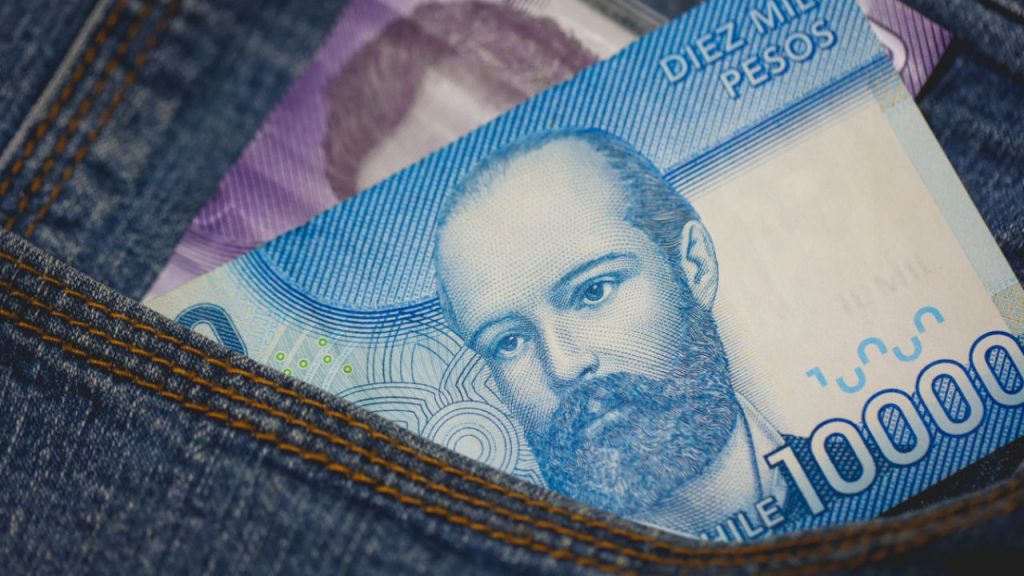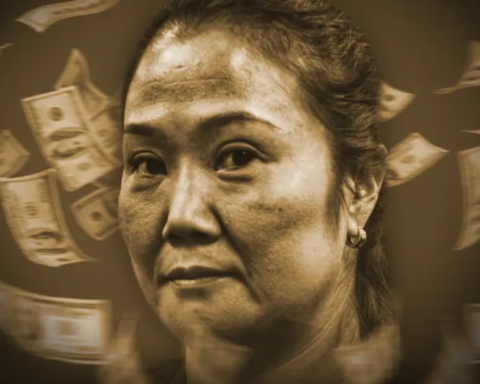Risk classification by foreign agencies represents a measure of international investors’ confidence in the economy of a given country. The notes serve as a reference for the interest on public bonds, which represent the cost for the government to borrow money from investors. The agencies also assign grades to the securities that companies issue in the financial market, evaluating the companies’ ability to honor their commitments.
The investment grade acts as a certificate that countries are not at risk of defaulting on their public debt. Below this category is the speculative grade, whose probability of failing to pay the public debt increases as the grade decreases. When a country defaults, the bonds are considered junk. The same goes for companies.
The most reputable agencies in the market are Fitch, Moody’s and Standard & Poor’s (S&P Global), which periodically send technicians to the evaluated countries to analyze economic conditions. A positive assessment makes a country and its companies raise funds on the international market with lower costs and better payment conditions.
Likewise, a good rating attracts foreign investment to the country. Foreign pension funds only invest in countries with an investment grade granted by at least two risk rating agencies. Otherwise, the country will be considered speculative grade.
In 2008, Brazil had been elevated to investment grade. The first agency to include the country at this level was S&P Global, in April of that year. The decision was followed by Fitch, in May of the same year, and by Moody’s, in September 2009.
Fall
In September 2015, S&P Global removed the country’s investment grade rating and gave a negative outlook, paving the way for the rating to be downgraded again in February 2016. In December 2015, Fitch reduced Brazil’s rating to one level below in the good paying category. Moody’s removed Brazil’s investment grade rating in February 2016, a week after the second downgrade by S&P. At the time, Moody’s reduced the country’s rating to two levels below investment grade.
With this Tuesday’s decision (1st), Brazil is one level below investment grade at Moody’s. In July 2023, Fitch raised the Brazilian rating to two levels below investment grade. In December last year, S&P Global also raised the country’s rating to two levels below investment grade.
In the case of public bonds, investment grade helps a country to obtain lower interest rates on external debt securities. Through public debt, a government issues bonds to raise funds in the financial market. The money is used to meet financing needs and allow the Treasury to honor short-term commitments. In return, the government promises to return the money to investors with interest. The lower the rates, the greater the confidence in the country’s ability to pay.
Reviews
Although the ratings serve as a parameter for the credibility of governments and companies in the financial market, risk rating agencies face criticism for having made their predictions wrong. Before 2008, the agencies gave high marks to real estate loan sales operations in the United States, which collapsed and triggered a global economic crisis.
In 2013, the United States Department of Justice opened an investigation against Standard & Poor’s on suspicion of fraud in the rating of mortgage products. In February 2015, the agency paid a $1.37 billion fine for its role in the 2008 crisis.

















